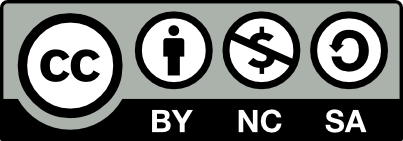Eutrofización en las lagunas pampeanas
Palavras-chave:
Eutrophication, fish, fish kills, pH, Eutrofización, peces, mortandadesResumo
Many shallow lakes (lagunas) in Buenos Aires Province receive (municipal or industrial) wastewaters and (urban or agricultural) runoffs. Organic matter and nutrients additions increase the metabolism and biomass of the community (eutrophication). This process leads to changes in community structure (species replacement) and loss of aesthetic value. As secondary effects, the photosynthetic and respiratory activities of the planktonic community produce wide daily shifts in O2 and CO2 concentrations and pH values. Temperature and pH determine the ionic status and toxicity of certain compounds like ammonium nitrogen and hydrogen sulfide. Under special environmental conditions these factors may cause massive fish kills, quite difficult to explain some hours or days latter, when the system drawback to its normal condition. Many of these phenomena could be measured in Lobos pond, Buenos Aires.






















